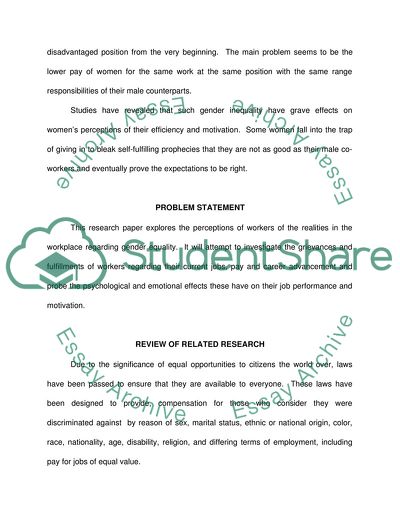Cite this document
(The Psycho-Emotional Effects of Gender Inequality in the Workplace Research Proposal, n.d.)
The Psycho-Emotional Effects of Gender Inequality in the Workplace Research Proposal. https://studentshare.org/gender-sexual-studies/1708615-regardless-of-gender-individuals-should-still-reieve-financial-support
The Psycho-Emotional Effects of Gender Inequality in the Workplace Research Proposal. https://studentshare.org/gender-sexual-studies/1708615-regardless-of-gender-individuals-should-still-reieve-financial-support
(The Psycho-Emotional Effects of Gender Inequality in the Workplace Research Proposal)
The Psycho-Emotional Effects of Gender Inequality in the Workplace Research Proposal. https://studentshare.org/gender-sexual-studies/1708615-regardless-of-gender-individuals-should-still-reieve-financial-support.
The Psycho-Emotional Effects of Gender Inequality in the Workplace Research Proposal. https://studentshare.org/gender-sexual-studies/1708615-regardless-of-gender-individuals-should-still-reieve-financial-support.
“The Psycho-Emotional Effects of Gender Inequality in the Workplace Research Proposal”. https://studentshare.org/gender-sexual-studies/1708615-regardless-of-gender-individuals-should-still-reieve-financial-support.


